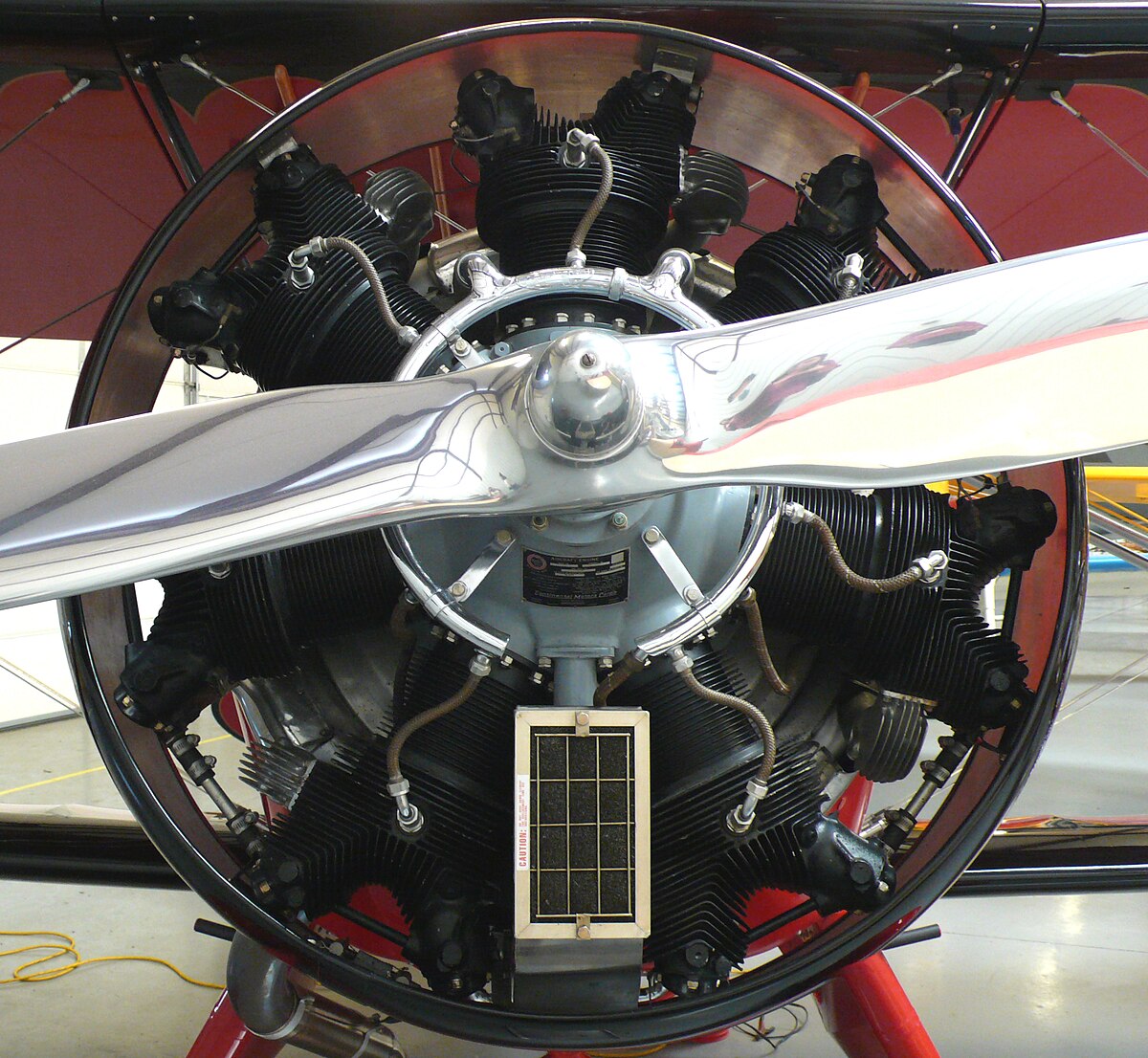Degrees of Separation
Motorhead,
Just grabbed the biggest straw that was sticking out there in the open: vibration and the forces/parts which cause it.
Less than four feet away from me now is an engine that really opened my eyes/ears to the whole "push the performance envelope" when it comes to engines. It's a yanmar 2GMF "Diesel". What I mean is that it runs on diesel fuel but instead of running at the low rpms which give the "ordinary" diesel engine its longevity, this little powerplant runs at a 3400 rpm in continuous duty.
At idle speeds the motor is as close to a "shaker" as I've ever seen. So much so that the engine mounts have to be like huge rubber marshmallows. (Wish I could provide a video for ya but the engine is mothballed for the winter...) It's kinda scary it moves around so much. But the engine appears to "smooth out" at the 3400 rpm. Key word is "appears".
Thing is that the forces of the pistons/crankshaft counterbalances which cause vibration are even greater at the higher rpm. What makes them appear to go away is the combination of the vibration dampener/flywheel spinning at the higher speeds. Sorta like how a spinning gyroscope resists being moved if you push on it. The forces on all the internal moving parts/bearings/etc are still there.
Problem is sorta the same as the big v-twins though: Higher rpms with longer strokes and bigger parts at the end of the connecting rods. Performance is great. I mean the little Yanmar with 12.5 HP outperforms a larger gas engine with better fuel economy. But it's how it achieves this feat that troubles me.
I'd like to believe that the v-twins (along with my little Yanmar...) are over-built with parts which are more than equal to the task. The track history of other Yanmars like mine just doesn't show that. (V-twins??? I dunno.....)
Let's keep our eyes and ears open for the next 20 years. (I'll be 71 by then...) By that time we'll all have some history of the v-twins: how they died, why they died. How reliable will the v-twin be? Just like the history of the XS1100. I mean there are some XS's still on the road but there's a lot to be learned by examining the ones that are no longer running.
Motorhead,
Just grabbed the biggest straw that was sticking out there in the open: vibration and the forces/parts which cause it.
Less than four feet away from me now is an engine that really opened my eyes/ears to the whole "push the performance envelope" when it comes to engines. It's a yanmar 2GMF "Diesel". What I mean is that it runs on diesel fuel but instead of running at the low rpms which give the "ordinary" diesel engine its longevity, this little powerplant runs at a 3400 rpm in continuous duty.
At idle speeds the motor is as close to a "shaker" as I've ever seen. So much so that the engine mounts have to be like huge rubber marshmallows. (Wish I could provide a video for ya but the engine is mothballed for the winter...) It's kinda scary it moves around so much. But the engine appears to "smooth out" at the 3400 rpm. Key word is "appears".
Thing is that the forces of the pistons/crankshaft counterbalances which cause vibration are even greater at the higher rpm. What makes them appear to go away is the combination of the vibration dampener/flywheel spinning at the higher speeds. Sorta like how a spinning gyroscope resists being moved if you push on it. The forces on all the internal moving parts/bearings/etc are still there.
Problem is sorta the same as the big v-twins though: Higher rpms with longer strokes and bigger parts at the end of the connecting rods. Performance is great. I mean the little Yanmar with 12.5 HP outperforms a larger gas engine with better fuel economy. But it's how it achieves this feat that troubles me.
I'd like to believe that the v-twins (along with my little Yanmar...) are over-built with parts which are more than equal to the task. The track history of other Yanmars like mine just doesn't show that. (V-twins??? I dunno.....)
Let's keep our eyes and ears open for the next 20 years. (I'll be 71 by then...) By that time we'll all have some history of the v-twins: how they died, why they died. How reliable will the v-twin be? Just like the history of the XS1100. I mean there are some XS's still on the road but there's a lot to be learned by examining the ones that are no longer running.
 will really get you moving
will really get you moving




Comment